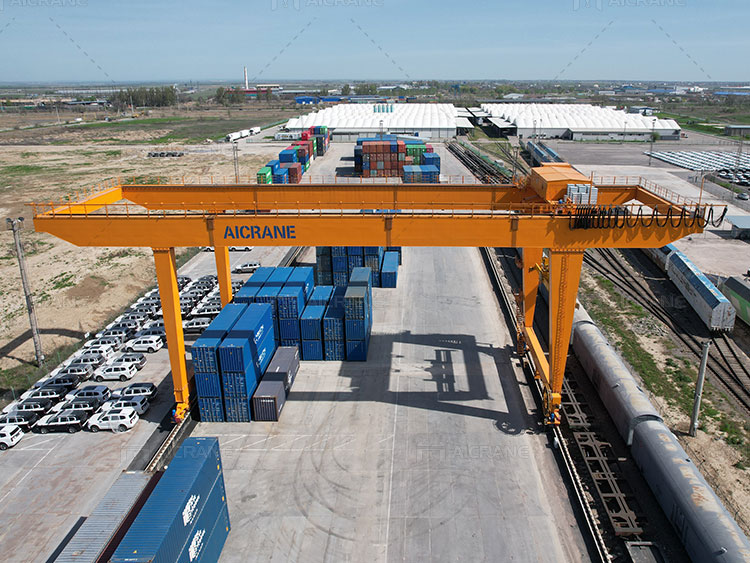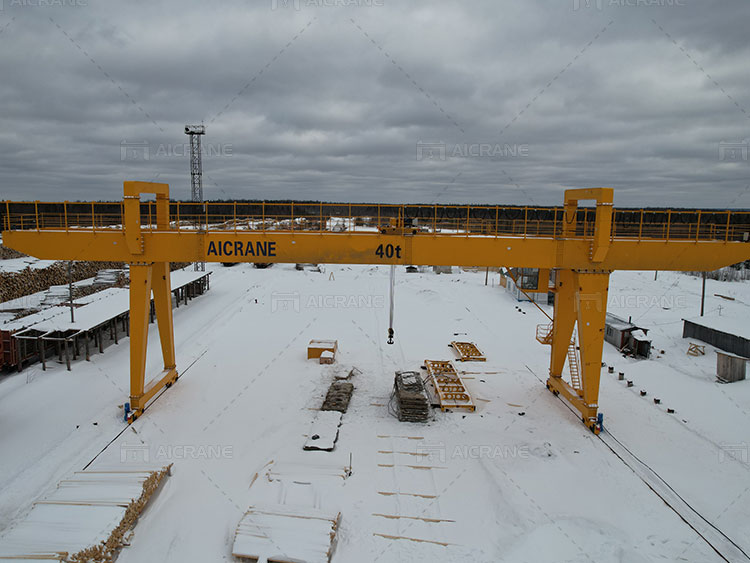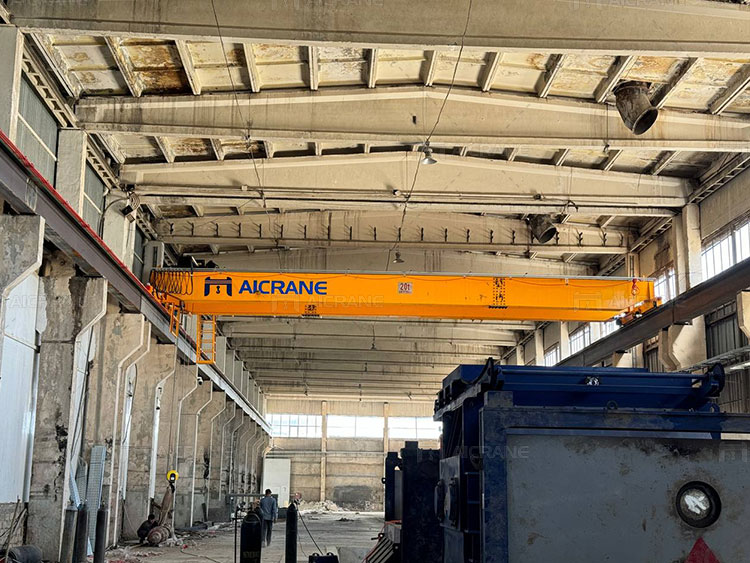When it comes to material handling and lifting solutions, gantry cranes and bridge cranes are two popular choices across industries. Both crane types serve the same primary purpose: lifting and moving heavy loads efficiently and safely. However, they differ significantly in design, application, and suitability for various environments. Choosing the right crane for your needs depends on multiple factors, including the nature of your operations, the workspace layout, and your budget.
This article compares gantry cranes and bridge cranes in detail to help you make an informed decision.
Understanding Gantry Cranes
Gantry cranes are lifting systems supported by freestanding legs, which may be fixed or equipped with wheels for mobility. They do not require a permanent overhead structure, making them a versatile solution for both indoor and outdoor applications. Gantry crane for sale is widely used in shipyards, construction sites, warehouses, and container handling operations.

Key Features of Gantry Cranes:
- Freestanding Structure: Does not depend on a building’s support system.
- Mobility Options: Available as fixed or mobile units (e.g., rubber-tyred or rail-mounted).
- Wide Span: Can cover large areas without needing an overhead runway.
- Customizable Design: Can include single girder or double girder configurations, depending on load requirements.
Advantages of Gantry Cranes:
- Portability: Easily moved to different locations when equipped with wheels.
- Outdoor Use: Well-suited for environments where an overhead structure is impractical.
- Cost-Effective Installation: Eliminates the need for runway beams or additional building modifications.

Limitations of Gantry Cranes:
- Requires significant ground space for installation and operation.
- Limited to lower lifting heights compared to bridge cranes.
- May need maintenance for moving components like wheels or tracks.
Understanding Bridge Cranes
Bridge cranes, also known as overhead cranes, consist of a bridge beam supported by end trucks that run along fixed runways installed on building walls or columns. The bridge crane for sale is designed for permanent indoor use and is common in manufacturing facilities, assembly lines, and heavy industrial plants.

Key Features of Bridge Cranes:
- Permanent Installation: Requires a building structure to support the crane system.
- High Lifting Heights: Ideal for operations requiring vertical space efficiency.
- Precision Movement: Allows smooth horizontal and vertical motion of loads.
Advantages of Bridge Cranes:
- Efficient Use of Space: Operates above ground, leaving the floor space clear for other tasks.
- Higher Lifting Capacities: Can handle heavier loads, especially with double girder configurations.
- Durability: Built for long-term use in demanding industrial environments.
Limitations of Bridge Cranes:
- High installation cost due to runway beams and building modifications.
- Requires a permanent structure, limiting flexibility for relocation.
- Not suitable for outdoor applications without additional weatherproofing.
Comparing Gantry Cranes and Bridge Cranes
| Feature | Gantry Cranes | Bridge Cranes |
|---|---|---|
| Installation | Freestanding, no need for building support. | Requires runway beams and structural support. |
| Mobility | Mobile options available (rubber-tyred, rail-mounted). | Fixed installation, limited to the installed area. |
| Cost | Lower installation costs. | Higher upfront costs for runway installation. |
| Lifting Capacity | Suitable for medium to heavy loads. | Can handle extremely heavy loads with double girders. |
| Workspace Suitability | Ideal for outdoor or open spaces. | Best for indoor use in industrial facilities. |
| Maintenance | Moving components may require frequent checks. | Requires regular inspection of the runway system. |
Factors to Consider When Choosing
- Application Environment:
- If you need a crane for outdoor use, such as in shipyards or construction sites, a gantry crane is the better option.
- For indoor facilities with limited floor space, bridge cranes offer an efficient solution.
- Load Requirements:
- Both crane types can handle heavy loads, but bridge cranes generally have a higher maximum lifting capacity. For extremely heavy operations, bridge cranes are often preferred.
- Mobility Needs:
- If your operations require moving the crane between different locations, a rubber gantry crane equipped with wheels is the ideal choice.
- Space Constraints:
- Gantry cranes require adequate ground space, while bridge cranes make better use of vertical space.
- Budget:
- Gantry cranes are generally more cost-effective to install and maintain, especially if no structural modifications are required.
- Future Expansion:
- Bridge cranes offer better scalability for growing operations, as they can be integrated into existing systems and expanded with additional components.
Use Cases and Industry Examples
Gantry Cranes:
- A shipyard requires a mobile crane to lift and move large ship components outdoors. A rubber-tyred gantry crane is ideal due to its mobility and outdoor compatibility.
- A construction site needs to transport precast concrete elements. A gantry crane with a wide span provides the required coverage without needing a permanent structure.
Bridge Cranes:
- A manufacturing plant requires precise lifting and placement of heavy machinery parts along an assembly line. A double girder bridge crane is well-suited for this task.
- A steel mill needs a reliable lifting solution for transporting molten metal. The durability and high lifting capacity of a bridge crane make it the preferred choice.
Conclusion
Both gantry cranes and bridge cranes offer unique benefits, and the right choice depends on your specific operational needs. Gantry cranes excel in mobility and cost-effectiveness, making them ideal for outdoor and flexible applications. On the other hand, bridge cranes provide higher lifting capacities and efficient use of indoor space, catering to heavy-duty industrial tasks.
Before making your decision, assess your workspace, load requirements, budget, and future operational goals. Consulting with a trusted crane supplier can help you select a tailored solution that maximizes productivity and efficiency in your operations.
Whether you choose a gantry crane or a bridge crane, investing in the right lifting equipment will enhance your material handling processes and contribute to long-term success.
